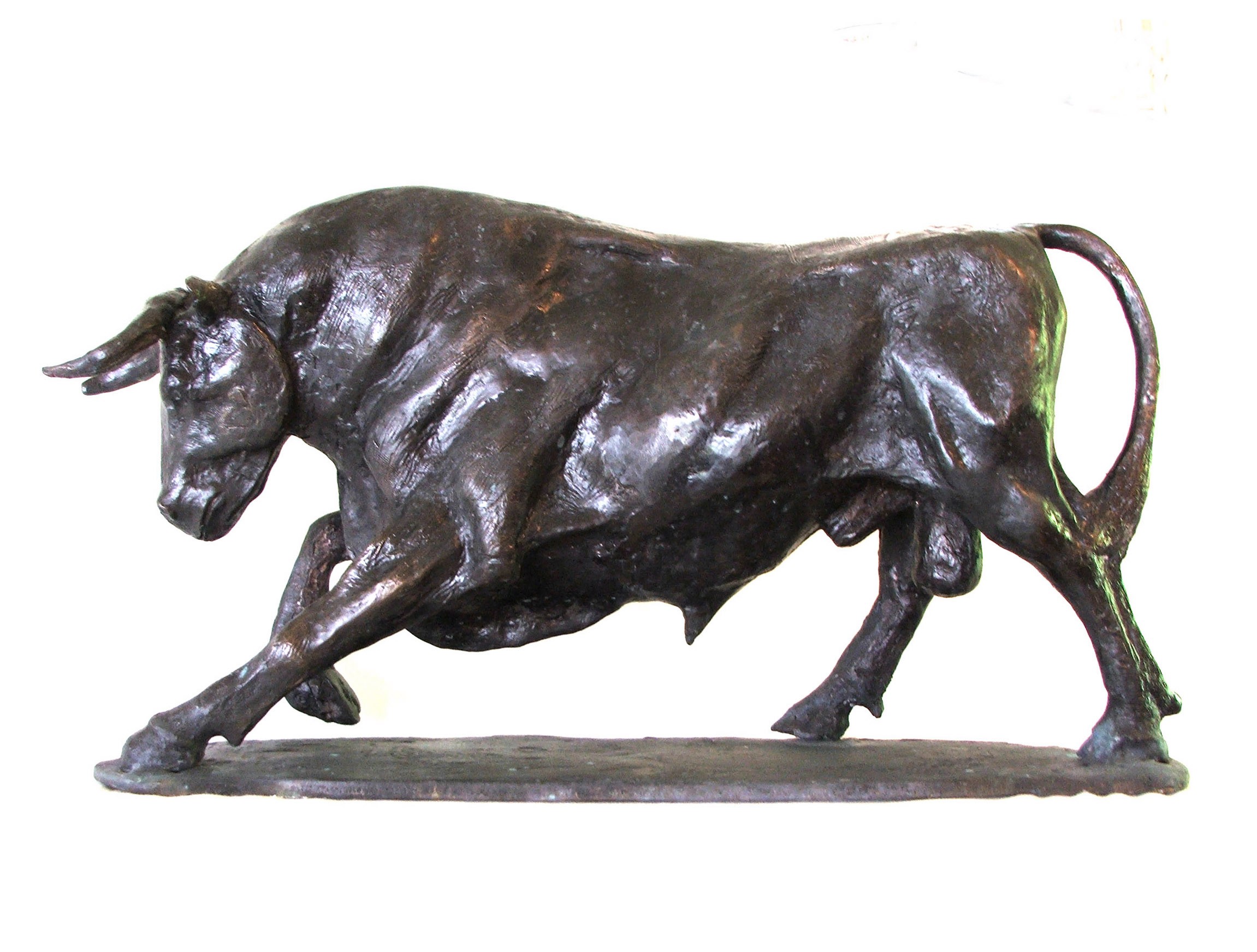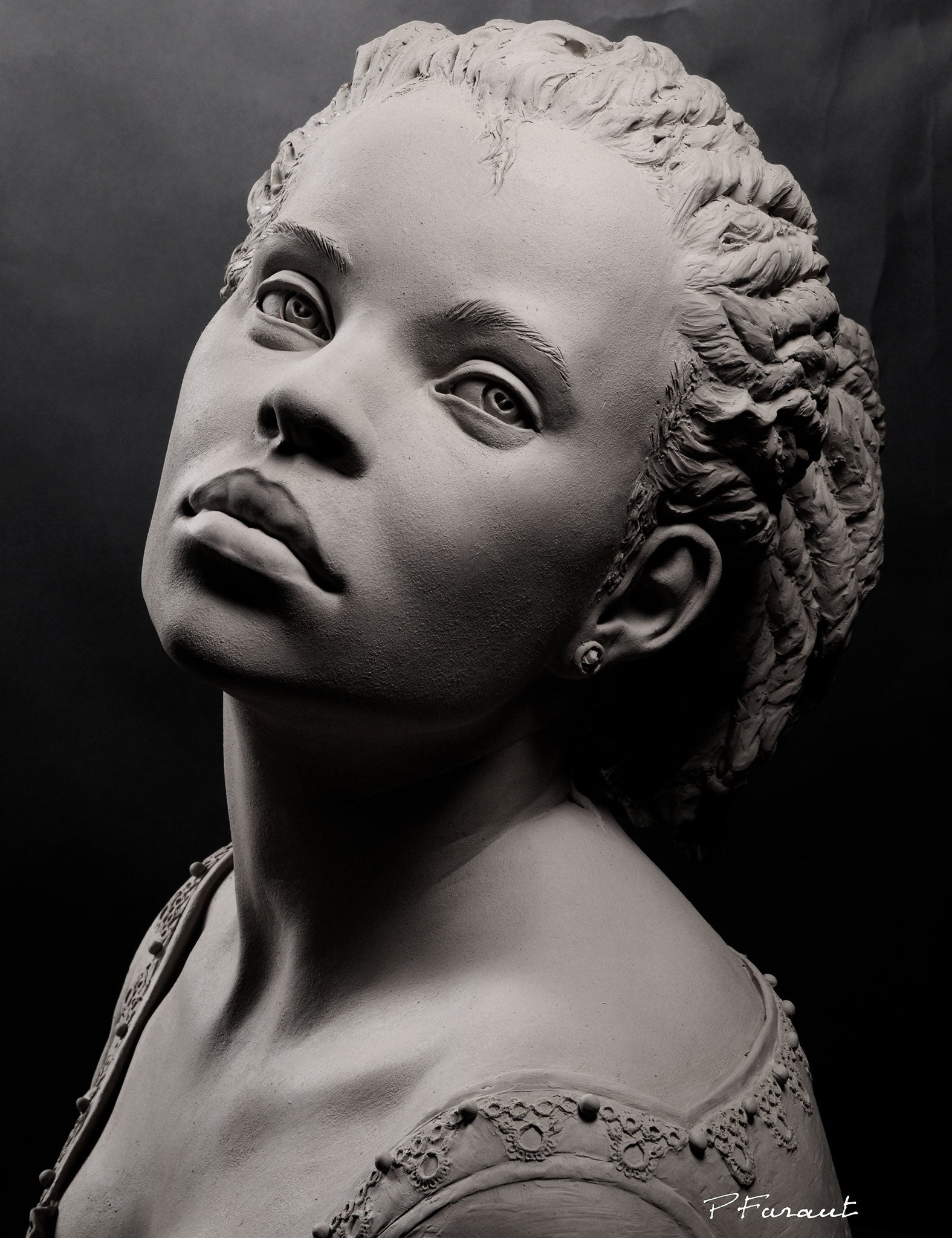In the Spirit of the Horse: Admire the Beauty of Equine Sculptures
Wiki Article
Forming the Human Form: Portrayals of the Body in Sculpture
Sculpting the Human Form: Representations of the Body in Sculpture is an extensive exploration of the artistic representation of the human body throughout history. From the charming marble sculptures of ancient Greece to the intricate masterpieces of the Renaissance, from the elaborate and flamboyant Baroque and Rococo sculptures to the avant-garde and abstract expressions of modern and modern sculpture, this exhibition supplies an exciting journey via the advancement of this ageless art form.Old Greek Sculptures

One of the specifying qualities of Ancient Greek sculptures is their emphasis on proportion. Each component of the body is thoroughly crafted to be in percentage to the entire, creating a sense of equilibrium and consistency. The artists paid cautious attention to every detail, from the placement of muscular tissues to the positioning of arm or legs, making sure that each figure showed up both graceful and effective.
Instead than showing the imperfections and flaws of the human form, they looked for to produce an idealized variation of truth. The sculptures usually portrayed athletes, gods, and sirens, with their bodies formed to perfection.
Renaissance Masterpieces
Proceeding the expedition of the portrayal of the human type in sculpture, Renaissance work of arts even more refine the idealized principle of beauty, structure upon the symmetrical and unified proportions of their Ancient Greek predecessors. During the Renaissance period, which spanned from the 14th to the 17th century in Europe, artists sought to restore the classic suitables of old Greece and Rome. They examined and imitated the works of the old masters, pursuing a reasonable representation of the human body.
His masterpiece, the sculpture of David, exhibits the perfection and elegance that ended up being identified with Renaissance art. Standing at over 17 feet high, the sculpture represents the biblical hero in a state of tranquility prior to his fight with Goliath.
One more notable Renaissance carver was Donatello. His sculpture of Saint George, developed in the early 15th century, showcases the musician's capacity to convey strength and nobility with the human kind. The statuary illustrates the famous dragon-slaying saint in a positioned and confident stance, exhibiting a feeling of heroism.
Renaissance work of arts not only celebrated the physical beauty of the body however additionally conveyed deeper meanings and feelings. With their careful focus to detail and skilled workmanship, Renaissance artists raised the art of sculpture to new heights, leaving an enduring legacy that remains to inspire artists to this day.
Baroque and Rococo Sculpture
Baroque and Rococo sculpture exemplifies the elaborate and luxurious portrayal of the human form throughout the 17th and 18th centuries. Identified by its dynamic and dramatic style, Baroque sculpture aimed to captivate audiences through its grandeur and emotional strength. Artists such as Gian Lorenzo Bernini and Alessandro Algardi produced sculptures that conveyed motion, frequently illustrating figures in dramatic postures. Making use of light and shadow even more improved the sense of dramatization, developing a theatrical impact.
Rococo sculpture, on the other hand, became a reaction to the grandiosity of the Baroque duration. It accepted an extra spirited and fragile approach, focusing on complex designs and attractive details. François Boucher and Jean-Baptiste Pigalle were prominent Rococo carvers that crafted jobs defined by their style and charm. They commonly depicted numbers in elegant and sensual postures, showing the easy going and wayward nature of the Rococo style.
Both Baroque and Rococo sculpture placed a terrific focus on the human type, celebrating its appeal and revealing a variety of feelings - Portrait Sculptor. Whether it was the dynamic and effective figures of the Baroque or the elegant and captivating figures of the Rococo, these sculptures recorded the essence of the human experience, leaving a lasting effect on the art globe
Modern and Contemporary Sculpture
The development of forming the human kind continues in modern-day and modern sculpture. With the introduction of brand-new materials and strategies, musicians have actually pressed the limits of representation, testing traditional ideas of form and appeal. Modern sculpture emerged in the late 19th century as a response to the changing social and political landscape. Artists such as Auguste Rodin and Constantin Brancusi looked for to record the essence of the human kind, emphasizing feeling and movement. Rodin's "The Thinker" and Brancusi's "Bird precede" are renowned examples of this period.In the 20th century, the surge of abstraction and conceptual art brought new possibilities for sculptors. Musicians like Henry Moore and Barbara Hepworth checked out the relationship between type and room, creating abstracted and organic numbers that tested standard concepts of representation. Moore's significant bronze sculptures and Hepworth's sculpted stone Get More Info jobs are commemorated for their ingenious use of products and their capability to evoke a sense of the human body in a non-literal method.
Contemporary sculpture continues to push the borders of representation and discover new materials and strategies. Musicians like Antony Gormley and Ron Mueck develop hyper-realistic sculptures that challenge our understanding of the body, while others, such as Louise Bourgeois and Kiki Smith, make use of the body as an allegory for collective and personal experiences. The human kind continues to be an effective subject in sculpture, providing a system for artists to explore identification, feeling, and the human problem.
Cultural Perspectives on the Human Body

In the exploration of forming the human form, the exam of cultural viewpoints on the human body discloses a abundant and varied tapestry of analyses and depictions. Throughout history, different cultures have held one-of-a-kind beliefs and worths regarding the body, causing distinctive artistic expressions - Robert C Hitchcock Sculptor. These cultural perspectives form the means the human body is shown and viewed in sculpture, mirroring social norms, faiths, and visual perfects
For instance, old Greek sculptures celebrated the idealized human kind, highlighting physical charm and athleticism. In comparison, old Egyptian sculptures concentrated on the preservation of the body in the immortality, showing figures with idyllic functions and inflexible stances.
Similarly, social perspectives on the body in African art usually highlight public identity and spiritual beliefs (Bronze Sculptures). Sculptures from numerous African cultures portray the human body with overstated features, signifying cultural worths and genealogical links. Indigenous cultures in the Americas also have special perspectives on the body, frequently illustrating it in a spiritual context and stressing the connection in between people and nature
The evaluation of cultural perspectives on the body in sculpture permits us to acquire understanding into the worths, ideas, and appearances of various cultures throughout background. It highlights the diversity of human experiences and the methods in which art reflects and forms our understanding of the human kind.

Verdict
To conclude, the representation of the human body in sculpture has progressed in time, showing different social point of views and imaginative activities. From the idealized figures of Ancient Greek sculptures to the realistic and stirring Renaissance work of arts, and the complex information of Baroque and Rococo sculptures, to the abstract and speculative kinds of contemporary and contemporary sculpture. The human body has been a subject of fascination and creative exploration throughout history, showcasing the diverse interpretations and expressions of the human form.Shaping the Human Form: Portrayals of the Body in Sculpture is a comprehensive exploration of the artistic representation of the human body throughout background. From the elegant marble sculptures of old Greece to the complex work of arts of the Renaissance, from the flamboyant and ornate Baroque and Rococo sculptures to the progressive and abstract expressions of contemporary and contemporary sculpture, this event provides a captivating journey with the evolution of this timeless art kind. Artists like Antony Gormley and Ron Mueck develop hyper-realistic sculptures that test our assumption of the human body, while others, such as Louise Bourgeois and Kiki Smith, make use of the body as an allegory for cumulative and personal experiences. The human type continues to be a powerful subject in sculpture, offering a system for artists to check out identification, emotion, and the human problem.
From the idyllic figures of Old Greek sculptures to the reasonable and emotive Renaissance masterpieces, and the detailed details of Baroque and Rococo sculptures, to the abstract and experimental forms of contemporary and contemporary sculpture.
Report this wiki page